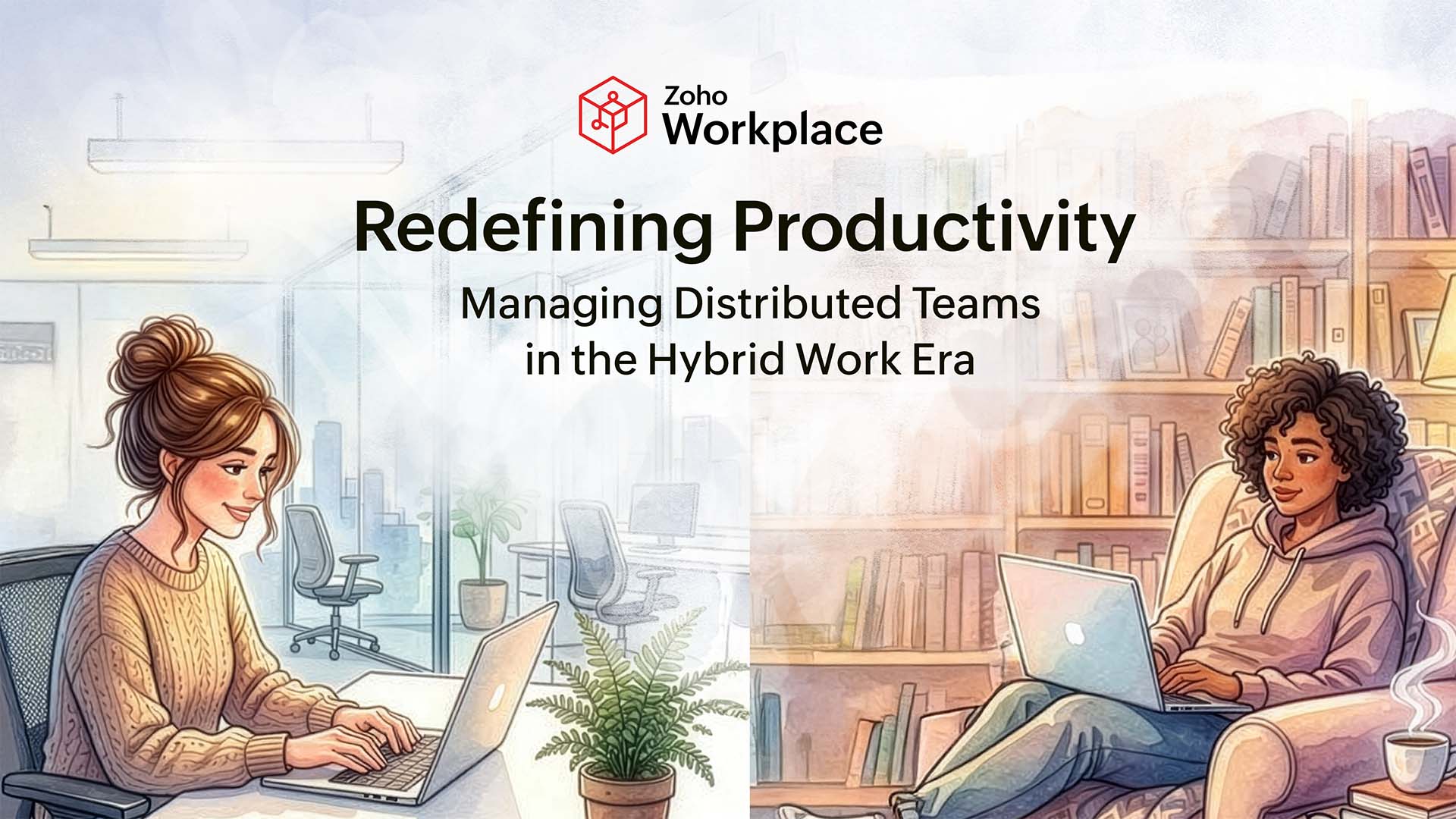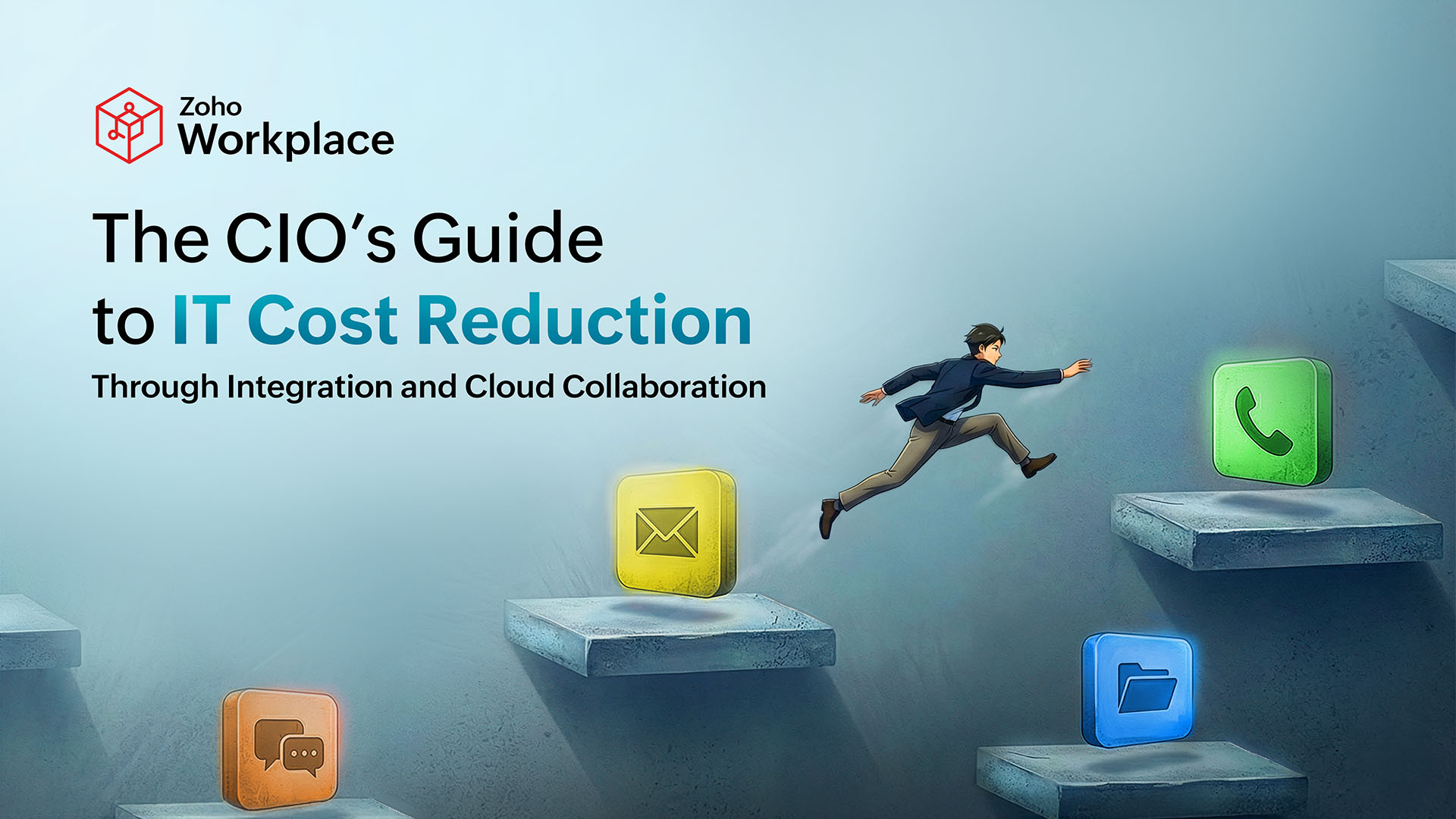- HOME
- All Topics
- Thought Leadership
- One-on-one meetings: The impact on team morale and productivity
One-on-one meetings: The impact on team morale and productivity
- Published : September 11, 2024
- Last Updated : October 17, 2024
- 1.1K Views
- 7 Min Read
One-on-one meetings are often seen as just another routine task for managers. However, these meetings are crucial for creating a positive work environment. They provide a valuable chance for managers and employees to communicate openly and understand each other better.
Rather than treating these interactions as just another meeting, it’s essential to recognize the unique opportunity they present to build trust, provide personalized feedback, and support ongoing development.
Here's our strategic approach to turning the one-on-one meeting into your most valuable interaction for everyone involved.

What is a one-on-one meeting?
A one-on-one meeting is a private conversation between a manager and an employee. The purpose of these meetings is to create an open, safe space where both parties can discuss work-related topics in a focused and personal setting.
Unlike larger team meetings, one-on-one meetings are more intimate and individualized. They can be a great environment for in-depth discussions about the employee's progress, challenges, and career development.
These meetings typically cover various topics, such as project updates, feedback, and professional growth, and aim to strengthen the manager-employee relationship.
Regular one-on-one meetings foster trust, improve communication, and help managers stay informed about their team’s needs and well-being. It’s also an opportunity for employees to voice their concerns, share ideas, and receive guidance on their career path.
Types of one-on-one meetings
There are many types of one-on-one meetings:
Regular check-ins. These are frequent meetings focused on discussing ongoing projects, providing feedback, and addressing immediate concerns to maintain consistent communication.
Onboarding and training meetings. Designed for new employees, these meetings help integrate them into the organization by introducing company culture, processes, and expectations.
Goal-setting meetings. These sessions aim to align individual goals with organizational objectives by setting specific, measurable, achievable, relevant, and time-bound (SMART) goals.
Career development meetings. Focused on long-term growth, these meetings explore career aspirations, skill development, and potential opportunities within the organization.
Performance review meetings. These are formal evaluations of an employee’s performance against objectives, providing detailed feedback and discussing achievements and future goals.
The frequency of one-on-one meetings can vary, but they're often held weekly or bi-weekly to maintain consistent communication and address issues in a timely manner.
The importance of one-on-one meetings
One-on-one meetings provide a structured opportunity for managers and employees to connect on a personal level. This offers a range of benefits that contribute to both individual and organizational success.
It improves performance. Regular check-ins help managers stay updated on employee productivity and team goals.
It drives development. Discuss personal and professional growth, aligning employee aspirations with organizational goals.
It builds trust. Open communication between managers and employees fosters trust. Trusting employees are 260% more motivated, have 41% lower turnover, and are 40% more productive.
It increases agility. When communication is clear and open, employees are likely to address challenges promptly and adapt to changes quickly.
How to prepare for a one-on-one meeting
To prepare for a one-on-one meeting effectively, both managers and employees should take a few key steps to ensure the conversation is productive and meaningful.
For managers:
Step 1: Review previous notes. Go over notes from past meetings to track progress on agreed-upon goals or tasks. This allows you to provide relevant feedback and ensure continuity from one meeting to the next.
Step 2: Set clear objectives. Think about what you want to accomplish during the meeting. Whether it’s to discuss project updates, give feedback, or address challenges, having clear goals helps guide the conversation.
Step 3: Gather key information. Collect any necessary data or updates about the employee’s performance, current projects, or upcoming tasks. This ensures the meeting is grounded in facts and allows for a constructive discussion.
Step 4: Keep the agenda flexible. While it’s important to have a rough agenda, leave room for the employee to bring up their own topics. Flexibility encourages a two-way conversation rather than just a review session.
Step 5: Prepare questions. Think of open-ended questions that can help the employee open up about their experiences, challenges, and goals. This encourages deeper communication and engagement while in the meeting.
For employees:
Step 1: Reflect on recent work. Before the meeting, ensure you make some time to review what you’ve been working on. Highlight accomplishments, challenges, and areas where you may need support. This will help you provide a clear update during the meeting.
Step 2: Prepare discussion points. Think about specific topics you want to discuss, whether it's feedback on your work, guidance on an upcoming task, or questions about career development. Being prepared shows initiative and keeps the meeting focused.
Step 3: Be ready to give and receive feedback. One-on-one meetings are an ideal time to exchange feedback. Be open to constructive criticism from your manager and consider offering your own feedback on how the working relationship can be improved.
Step 4: Set personal goals. Think about your short- and long-term career goals, and be ready to discuss them. Whether you’re looking for opportunities to grow within the company or need guidance on professional development, these meetings are a great place to start that conversation.
Step 5: Come with questions. If there’s anything you’re unsure about—whether related to your role, team dynamics, or company strategy—this is your chance to ask. Good questions demonstrate engagement and curiosity.
Setting a one-on-one meeting agenda
A well-organized agenda helps avoid unnecessary tangents and ensures that important topics are addressed within the available time. Here’s how you can construct an agenda for an effective one-on-one meeting:
1. Personal check-in
Start the meeting with a casual check-in. This could be a quick chat about how the employee is feeling, both personally and professionally. It establishes a welcoming and relaxed atmosphere, setting the stage for open and honest communication. This initial conversation can include a brief discussion about how the employee is feeling both personally and professionally.
Example questions:
How are you doing this week?
Is there anything outside of work that’s been on your mind?
A casual check-in serves multiple important functions. It allows managers to gauge the employee’s current mood and identify any external factors that might be impacting their work performance or morale.
Understanding these elements can provide valuable context for addressing any challenges the employee may be facing and tailoring support to their specific needs. Additionally, this approach fosters a sense of belonging and appreciation, making employees feel valued beyond their day-to-day tasks.
2. Review of ongoing projects
After the check-in, move into a review of the employee’s current tasks and projects. Discuss their progress, any roadblocks they may be facing, and any additional support they may need. This is the time to assess if the employee is on track with their goals and how their work is contributing to the team’s overall objectives.
Examples of questions to ask include:
What progress have you made on [specific project]?
Are there any challenges slowing you down?
3. Address any roadblocks and challenges
Use this part of the agenda to dive deeper into any challenges or roadblocks the employee has mentioned. It’s important to listen carefully and offer actionable advice or solutions. This segment of the meeting allows managers to identify problems early and offer guidance before they become major obstacles.
Example questions:
What can I do to help you overcome these challenges?
Do you have enough resources to complete your tasks?
4. Feedback exchange
One-on-one meetings are an excellent opportunity to give and receive feedback. Managers can provide feedback on recent work, highlighting strengths and areas for improvement. At the same time, employees should be encouraged to share feedback on management, team dynamics, or work processes.
Establishing an open and continuous feedback loop is essential for driving ongoing development, enhancing performance, and addressing potential issues before they escalate. Regular feedback exchanges during these meetings help create a culture of continuous improvement, where both managers and employees are committed to personal and professional growth.
5. Career development and long-term goals
Set aside time in the meeting to talk about the employee’s professional growth and long-term goals. This shows that you’re invested in their career progression and helps align their ambitions with the company’s future needs.
Discuss skills development, upcoming opportunities, or training that can support their career path. This not only empowers the employee but also ensures that each employee's work contributes to the long-term success of the company.
6. Action items and next steps
Before concluding the meeting, take time to summarize the key takeaways and outline specific action items for both parties. Clearly define what tasks need to be completed, who is responsible for each action, and set deadlines where applicable.
This step is crucial for ensuring both the manager and the employee are aligned on the outcomes of the meeting. Setting clear next steps not only maintains momentum but also fosters accountability, helping you track progress and address any challenges before the next one-on-one meeting.
Conclusion
One-on-one meetings go beyond scheduled conversations—they serve as the backbone of a thriving workplace culture. Approaching these meetings with intention transforms them into powerful tools for driving engagement, building trust, and promoting professional growth.
Meaningful dialogue unlocks potential, addresses challenges proactively, and ensures alignment on shared goals. As you refine your approach to one-on-one meetings, keep in mind that these interactions focus not just on task management but also on cultivating relationships, encouraging development, and enhancing the overall success of your team and organization.
 Gary Stevens
Gary StevensGary Stevens is the CTO of Hosting Canada, a website that provides expert reviews on hosting services and helps readers build online businesses and blogs. Gary specializes in topics on cloud technology, thought leadership, and collaboration at work.


